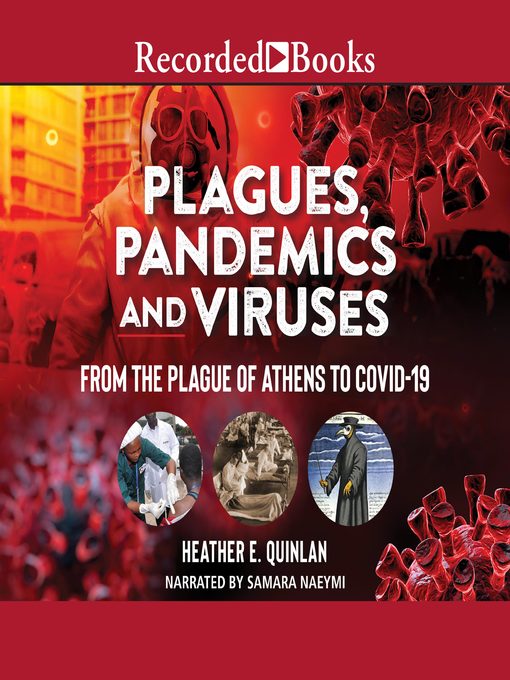It can come in waves—like tidal waves. It changes societies. It disrupts life. It ends lives. As far back as 3000 B.C.E. (the Bronze Age), plagues have stricken mankind. COVID-19 is just the latest
example, but history shows that life continues. It shows that knowledge and social cooperation can save lives.
Viruses are neither alive nor dead and are the closest thing we have to zombies. Their only known function is to replicate themselves, which can have devastating consequences on their
hosts. Most, but not all, bacteria are good for us. Some are truly horrific, including those that caused the bubonic, pneumonic, and septicemic plagues. And viruses and bacteria are always morphing,
evolving, and changing, making them hard to treat. Plagues, Pandemics and Viruses: From the Plague of Athens to COVID-19 is an enlightening, and sometimes frightening, recounting of the
destruction wrought by disease, but it also looks at what humanity has done and can do to overcome even the deadliest and bleakest of contagions.
This important book chronicles the history of plagues and pandemics, human resilience, and what we've learned from the past, including ...
